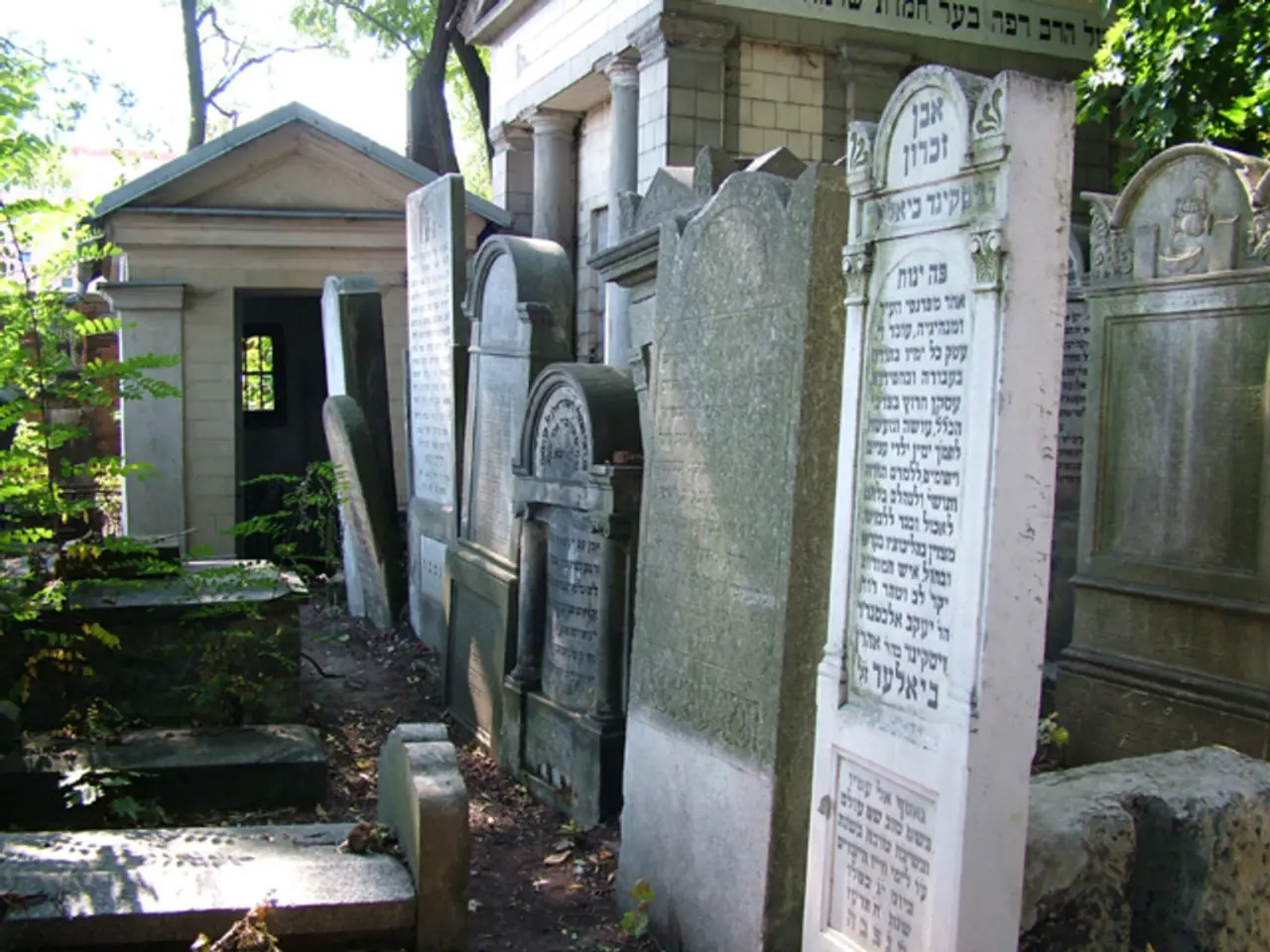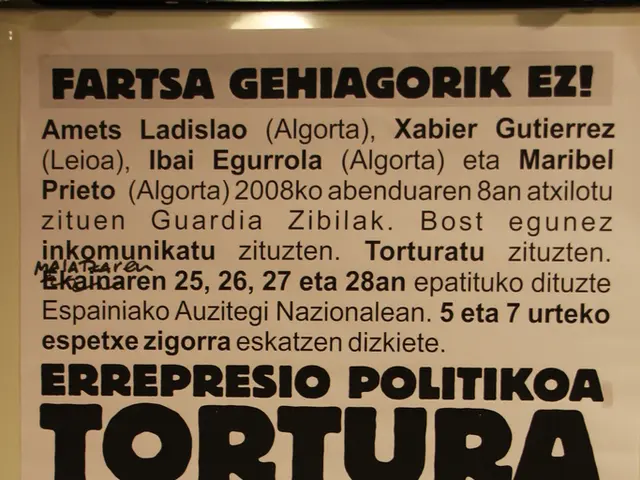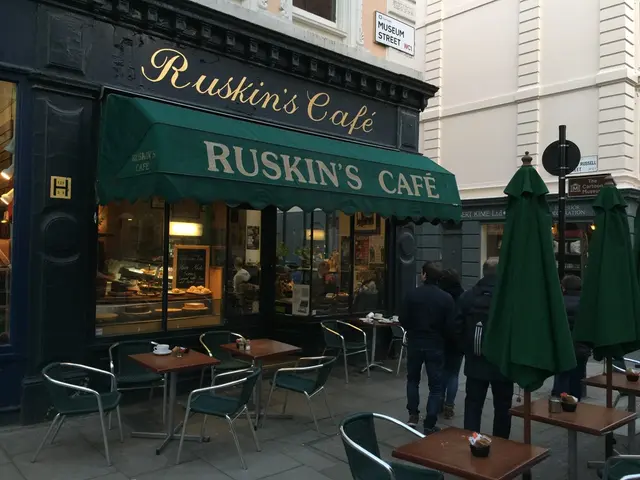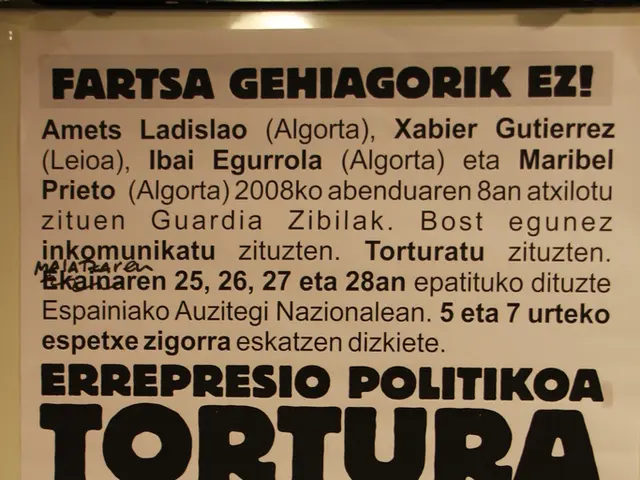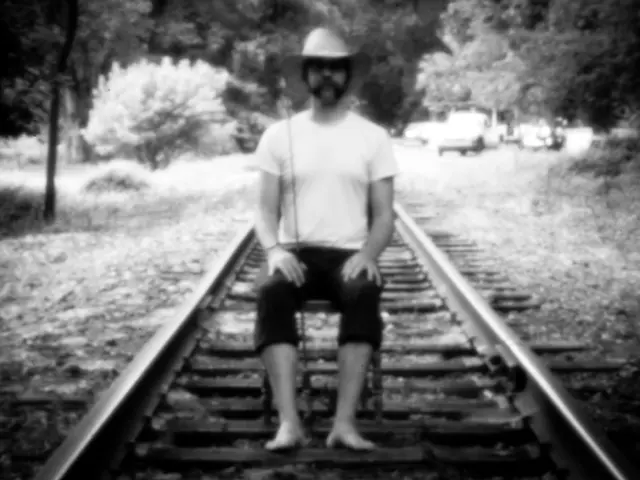Nine Spine-Tingling European Locations Worth Exploring
In the heart of Europe, a collection of enigmatic landmarks captivate visitors with their intriguing histories and eerie allure. These sites, steeped in mystery and legend, offer a unique glimpse into the continent's rich past and the supernatural tales that have come to define them.
One such location is the Sedlec Ossuary in the Czech Republic, a chapel adorned with the bones of around 50,000 people. The elaborate arrangements of bones and skulls that wind up the walls and across the ceilings create a striking and unforgettable sight. This macabre masterpiece is listed as a UNESCO World Heritage Site, drawing tourists from around the globe.
Another intriguing site can be found in Austria, the Hallstatt Bonehouse located within the chapel of St. Michael. Dating back nearly 900 years, this ossuary houses over 600 hand-painted skulls, offering a chilling glimpse into the past.
Moving west, the Hoia-Baciu Forest in Romania, often referred to as the "World's Most Haunted Forest" and the "Bermuda Triangle of Romania," has been associated with UFO sightings, strange disappearances, and paranormal activity. A recent electrical accident resulted in the electrocution and severe burning of a New Zealand tourist, adding to the forest's enigmatic allure.
In Italy, the Capuchin Catacombs of Palermo are home to residents dating from the 16th to 20th centuries. Originally a catacomb for the Capuchin monastic order, it now houses over 8,000 corpses, including 1,200 mummies, making it a chilling testament to the city's past.
Meanwhile, in Scotland, Edinburgh Castle is believed to be the epicenter of paranormal activity in the city, with spectral musicians and ghosts of prisoners reportedly visiting its tunnels and dungeons.
Across the border in Transylvania, Bran Castle is often referred to as "Dracula's castle." Although Bram Stoker, the author of Dracula, never visited Romania, some scholars believe he based his famous vampire's residence on a wood carving of the castle.
In Lithuania, the Hill of Crosses is a symbol of protest, defiance, and survival against the Russian Orthodox Church and Soviet communism. Thousands of crosses cover this site, with Lithuanian Catholics having been depositing crosses there since the 1830s.
Lastly, the Church of Ghosts in Lukova, Czech Republic, was once a place of tragic events. After a part of it collapsed during a funeral, the church was condemned. However, local artist Jakub Hadrava transformed the church into a church filled with plaster spectral parishioners, offering a hauntingly beautiful contrast to its troubled past.
These European landmarks, each with their own unique tales of mystery and the supernatural, offer a fascinating glimpse into the continent's history and the enduring allure of the unknown.
Read also:
- Understanding Hemorrhagic Gastroenteritis: Key Facts
- Stopping Osteoporosis Treatment: Timeline Considerations
- Expanded Community Health Involvement by CK Birla Hospitals, Jaipur, Maintained Through Consistent Outreach Programs Across Rajasthan
- Abdominal Fat Accumulation: Causes and Strategies for Reduction
